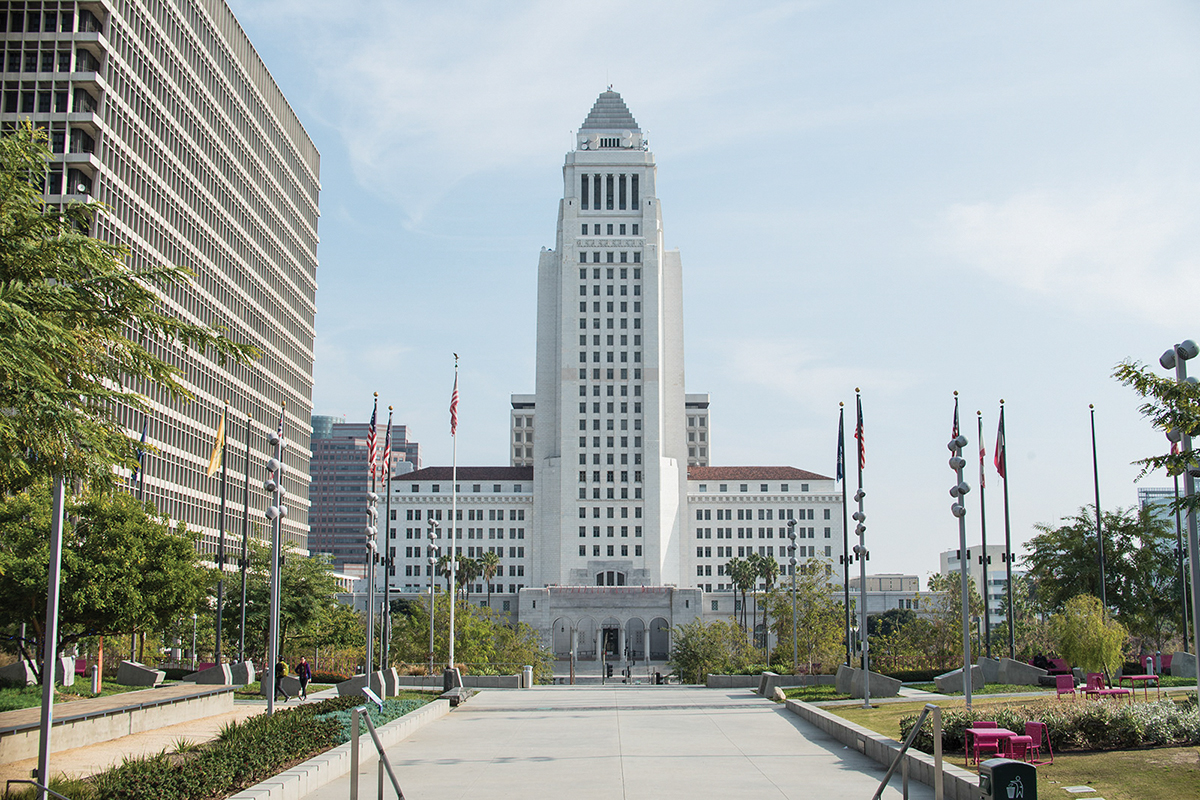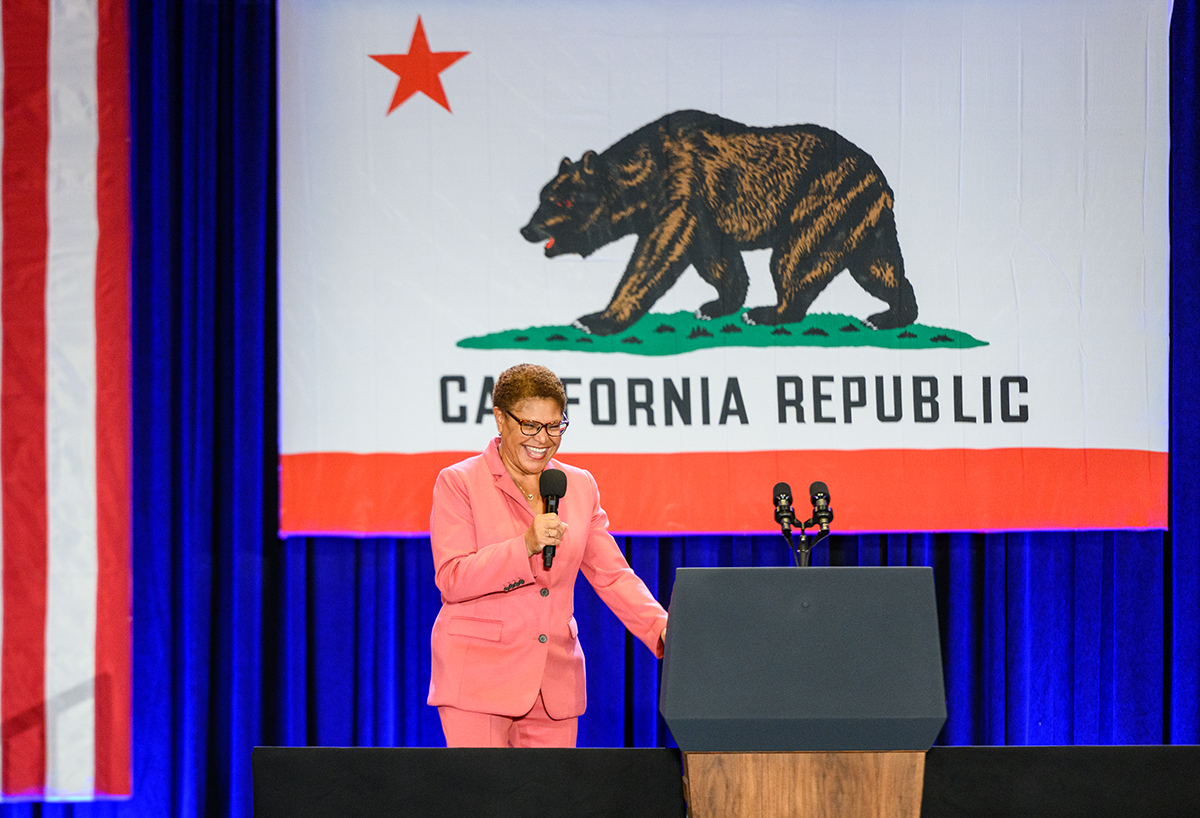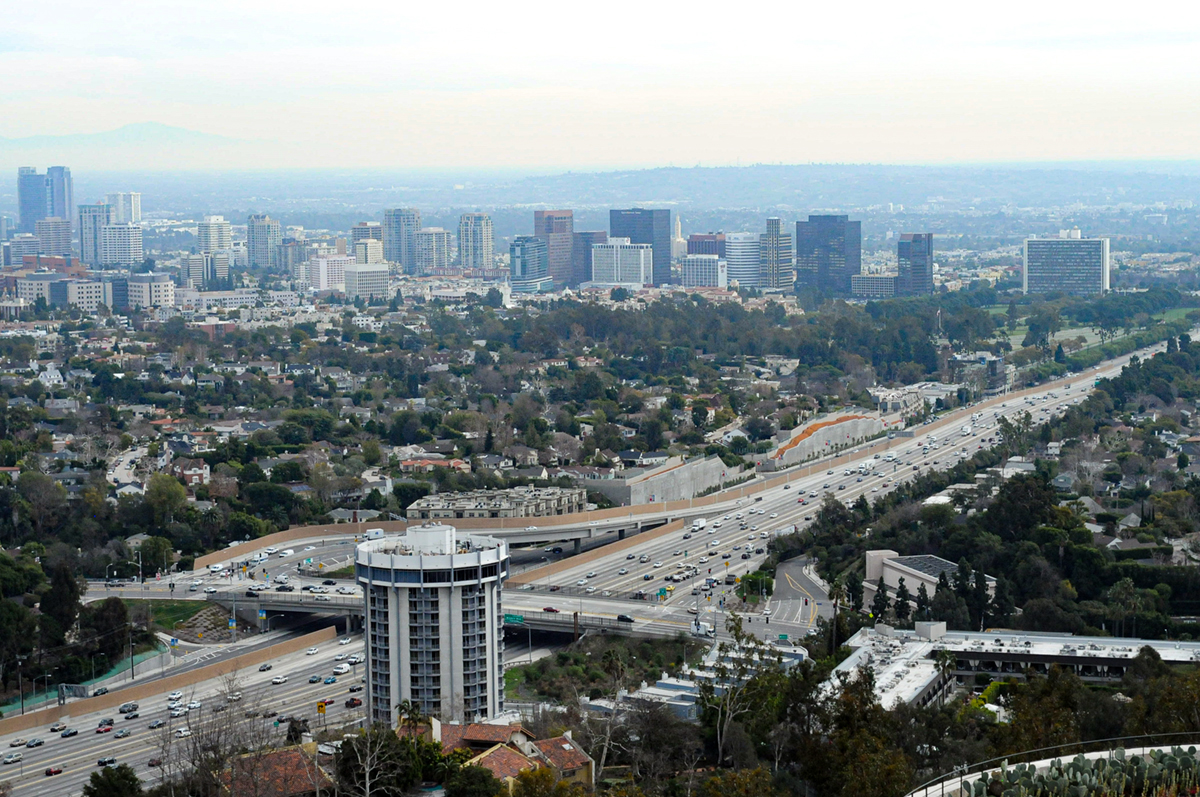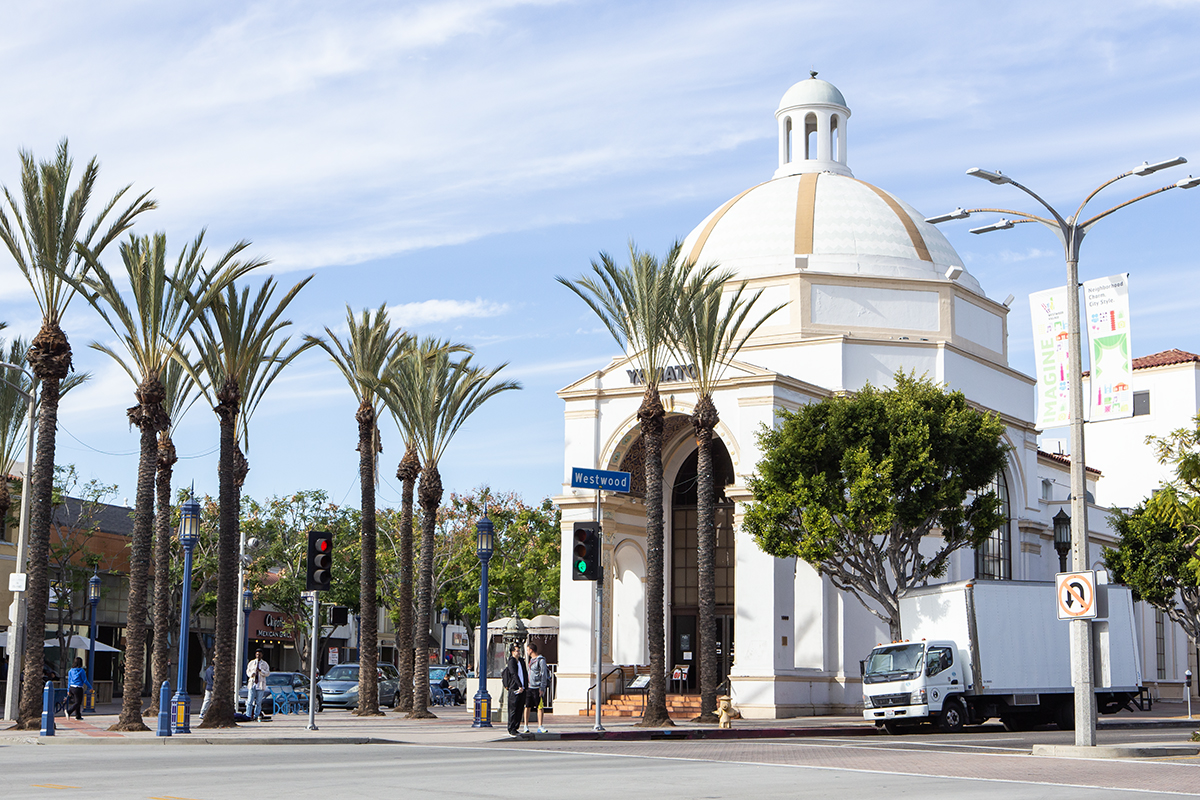Mayor Karen Bass proposes $1.3 billion to address homelessness in Los Angeles

The Los Angeles City Hall is pictured. LA Mayor Karen Bass proposed a $250 million expansion of Inside Safe – her signature program to move unhoused people inside from encampments – on April 18. (Daily Bruin file photo)
By Gabrielle Siegel
April 30, 2023 10:27 p.m.
Los Angeles Mayor Karen Bass proposed a $250 million expansion of Inside Safe – her signature program to move unhoused people inside from encampments – on April 18.
Bass’ proposed city budget commits $1.3 billion to the issue of homelessness with plans to scale up the Inside Safe initiative by providing funding for temporary and permanent housing, municipal acquisitions of hotels and motels, support services and staffing.
The largest allotment of the Inside Safe expansion sets aside $110 million for interim housing costs to quickly move unhoused people off the streets and into housing.
Inside Safe currently supports goals such as the elimination of street encampments, a reduction of loss of life on the streets and the promotion of long-term housing stability for those experiencing homelessness, according to a December executive directive.
Leo Daube, communications director for District 5 Councilmember Katy Yaroslavsky, said the district office has been working with the community to bring people experiencing homelessness closer to stable and permanent housing.
“There’s this misconception out there that people who are living on the street just simply don’t want housing, and nothing could be further from the truth,” Daube said.
Daube said a recent Inside Safe operation in District 5 saw the clearing of an encampment on 6th Street and Fairfax Avenue in which every individual living in the encampment accepted an offer of housing provided by the city.
“Doing a significant amount of outreach in advance of an Inside Safe operation is extremely important, if not mission critical,” Daube said. “Developing those relationships, developing that trust – because of that, our office was able to get a 100% housing rate during that operation.”
Fairfax Mutual Aid, a grassroots care network organized to address the unhoused communities’ needs in the Beverly Grove and Fairfax neighborhoods, worked with Inside Safe when operations began in Council District 5.
Organizers from Fairfax Mutual Aid said in an emailed statement individuals from 6th and Fairfax are happy to be at the Silverlake Hotel – which they can use as a mailing address for deliveries including IDs – and are in the process of searching for permanent housing. However, many have experienced issues with the Inside Safe program across the city.
The organizers said the program did not always give proper notice when moving residents to motels around the city, at times transferring residents miles away from their communities.
“Shuffling people from one motel to another has been a major pitfall across districts,” the organizers said in an emailed statement. “The Mayor’s office does not understand the trauma continuously displacing folks causes … separating them from their communities, jobs and families.”
Other issues described by Fairfax Mutual Aid organizers included a poorly organized food gift card distribution system that left residents waiting days for food, insufficient outreach prior to Inside Safe operations and a lack of a trauma-informed approach to the initiative.
Regarding the $250 million expansion, the organizers said the increased budget for hiring more social workers to assist service providers and increasing the budget for hotel rooms in order to reduce displacement could improve the program.
The success of Inside Safe will depend in part on the city’s ability to transition people from interim to long-term housing, said Gary Blasi, a professor emeritus of law who currently practices law working with and for unhoused people and low-income tenants in a social justice setting.
“The problem is that, in addition to the expense, … interim housing will fill up, and there will remain a bottleneck where that will become long-term housing,” Blasi said.
Because of the lack of food preparation or other facilities, these interim housing arrangements are not truly housing, but rather a starting point, Blasi said.
Supporting permanent housing is less expensive for the city than paying the inflated costs of group housing, Blasi said, adding that this includes helping people stay in their existing homes. He said prior to the pandemic, there were 600,000 people in LA County who spent 90% or more of their income on rent, putting them on the precipice of homelessness.
However, the city needs to look to produce a greater quantity of affordable housing in order to create a long-term solution, he said.
“The key is permanent housing, and getting people as fast as possible into permanent housing – and before that, keeping them in the housing they had,” Blasi said.





